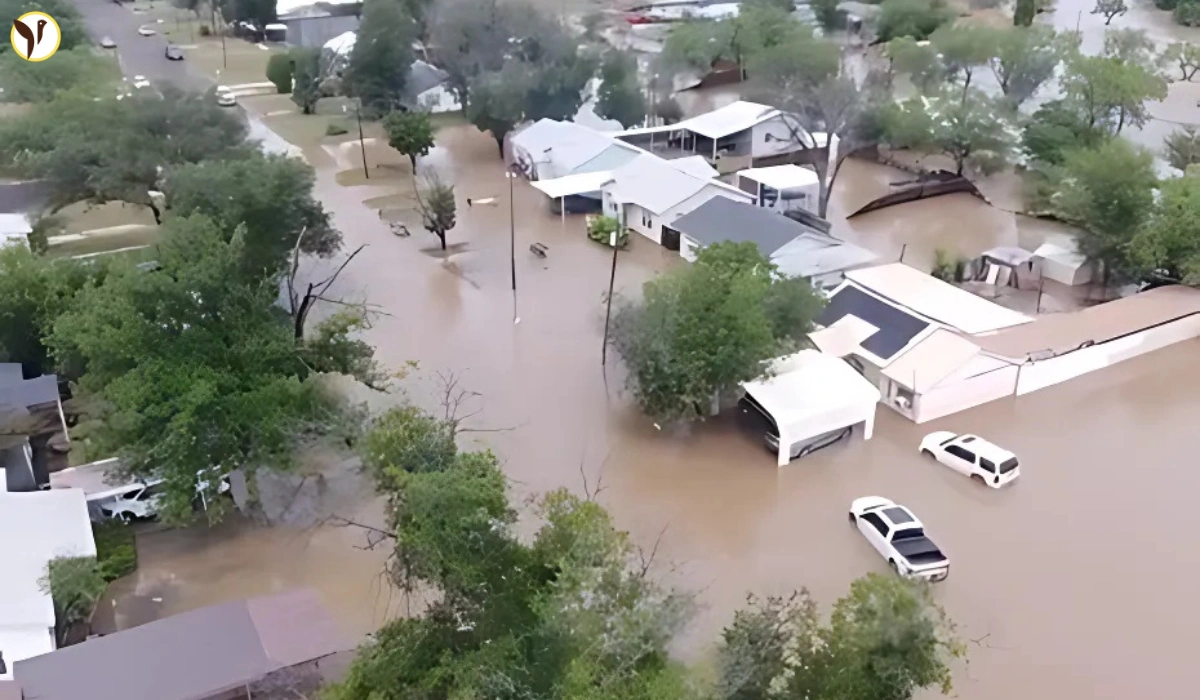More than 100 people are dead and many more are gone after severe flash flooding devastated parts of central Texas, especially Kerr County. Heavy rains escalated into flash flooding when the Guadalupe River rose nearly thirty feet in an hour, giving people little time to evacuate.
This all occurred over the July 4 weekend, turning a typically serene river into a torrential rushing disaster.
Most alarming is the dozens of people who indicated they never received any notice before being hit by floodwaters. A planned hazard warning system that included dashboards and river gauges was not yet operational.
Local officials spent the last decade asking for funding to upgrade safety procedures, only to have requests delayed or denied. Some local officials were even thinking about abandoning the idea of a warning system altogether due to a lack of interest.
Now prominent leaders at the state level including Governor Greg Abbott and Lt. Governor Dan Patrick are pledging to rectify this issue as quickly as possible. New emergency sirens are being designed and proposed for high risk flood areas, such as corridors along the Guadalupe River.
These officials stated the sirens, estimated to be at least, will be in use by the summer of next year. This disaster has also renewed attention on federal cuts to budgets that support early warning agencies such as the National Weather Service and NOAA
Texas flood victims now found by "smell" of decomposing bodies.
— Jeff B (@FarmBoyJeff1) July 9, 2025
161 missing in Kerr County.
Better warning technology needed.
Cell towers, sirens, voice PA, patrol car sirens and warnings on high risk roads along riverbeds.
National risk.
Trump not at fault
CC: @matt_vanswol pic.twitter.com/YrZhrZ8Ipx
Flash Flood Warnings Issued for Mid-Atlantic Region
As the recovery commencement in Texas develops, the National Weather Service has issued additional flash flood alerts for parts of the Mid-Atlantic, including Maryland, Washington D.C., and Northern Virginia. Areas, such as Baltimore, Columbia, Burtonsville, and surrounding areas, are under an elevated risk for sudden flooding due to continuing storm activity.
Radar estimated storm totals have already produced rain amounts ranging from 1 to 3 inches, and another 1 to 2 inches is expected. Therefore, as rate of rain continues to fall at rates of 2 inches per hour or greater, flash floods are possible in low-lying areas, especially as drainage systems might be overwhelmed.
Residents are asked to be aware of conditions and heed advisories. Flood waters can quickly rise without warning and could block roads or enter buildings. Emergency services are being placed on standby. Again, it is imperative that residents do not attempt to drive onto flooded streets, as even small amounts of flooding can become hazardous.
This information comes at a time when experts are calling for the better preparedness nationwide. Suhar and Davis assert that with weather systems becoming increasingly extreme, we must rely on dependable alert systems and awareness of systems to help save lives and mitigate outcomes. The situations in Texas has demonstrated how hazardous flooding can be and how crucial early warnings can truly be.









